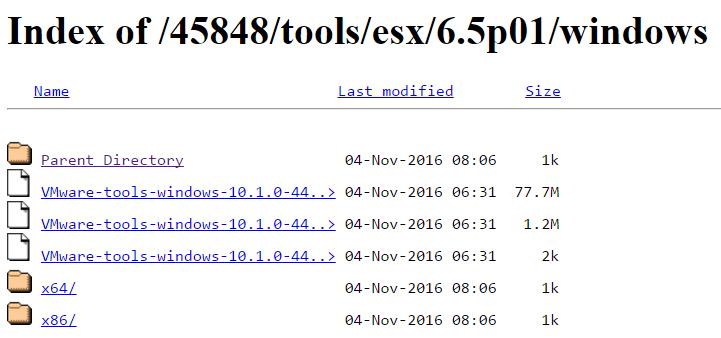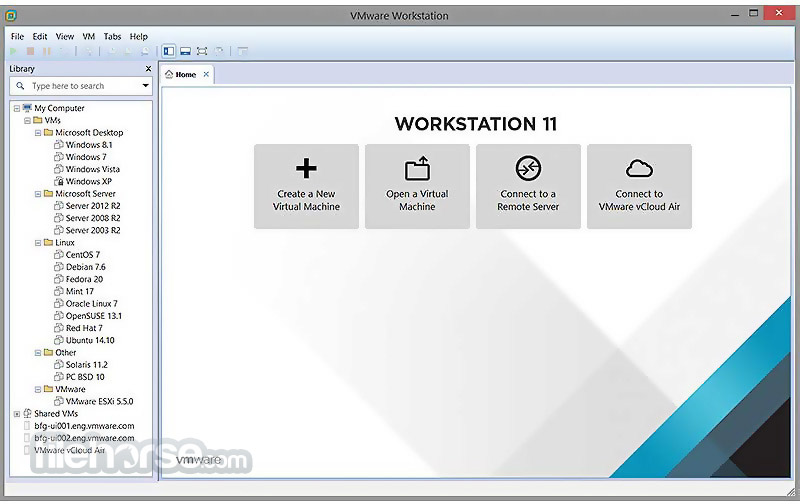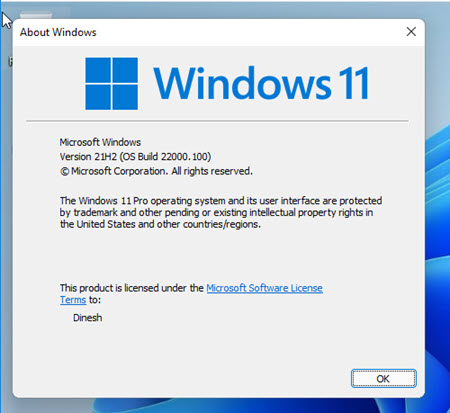
- #Vmware tools for windows server 2008 download install#
- #Vmware tools for windows server 2008 download driver#
- #Vmware tools for windows server 2008 download password#
The VM restart at a higher resolution, with better mouse precision and you will be able to pass the edges of the window. Exit the Core Configuration and restart the VM again.
The updated driver driver will be installed. Navigate to ‘C:\Program Files\Common Files\VMware\Drivers\wddm_video’ and select ‘vm3d.inf’. Press the ‘Control Panel’ button, press ‘Add drivers’. NET Framework and Microsoft PowerShell appears, press the ‘Yes’ button. Start Core Config by typing ‘D:’ and pressing enter, type ‘Start_f’ and press enter. Locate and choose the Microsoft Core Configuration iso image. Select the ‘Connect/disconnect the CD/DVD device of the virtual machine’ button and choose ‘Connect to ISO image on a datastore’. The NIC drivers, VMware keyboard and VMware mouse will be installed. Allow setup to reboot the operating system once installation has completed. Install the VMware Tools using all of the default options. Type ‘D:’ press enter, type ‘setup’ and press enter again. Run the setup program from the command prompt. From the VM console’s menu bar, choose ‘VM’ –> ‘Guest’ –> ‘Install/Upgrade VMware Tools’. 
From the VM console’s toolbar, select the ‘Connect/disconnect the CD/DVD device of the virtual machine’ button and select ‘CD/DVD drive 1’ –> ‘Disconnect from the datastore image’ You will be presented with a command prompt.
Once Windows is installed, confirm the Administrator password and log on. Back in the ‘Where do you want to install Windows?’ page, ‘Disk 0’ should appear. On the ‘Select a driver to be installed.’ dialog, ensure ‘VMware PVSCSI Controller (A:\amd64\pvscsi.inf)’ and press ‘Next’. On the ‘Where do you want to install Windows?’ page, click the ‘Load Driver’ link. Choose a ‘Custom (advanced)’ installation. 
When setup has started, select you regional settings.If you miss it (it can be too quick for the console to react), press Ctrl+Alt+Insert (that sends a ctrl+alt+del to the VM. Look in the ‘Datastores\vmimages\floppies’ folder and select ‘pvscsi-Windows2008.flp’.Check the ‘Use existing floppy image in datastore:’ and press Browse. Check the ‘Datastore ISO file:’ and press Browse. In the Hardware tab, select ‘New CD/DVD (adding)’.Go into the options tab, Advanced –> Boot Options.Click the ‘Edit the virtual machine settings before’ and press Continue.
 Leave the advanced options to the default values. Choose the capacity of the new virtual disk and the Disk provisioning type. Set the SCSI controller to ‘VMware Paravirtual’.
Leave the advanced options to the default values. Choose the capacity of the new virtual disk and the Disk provisioning type. Set the SCSI controller to ‘VMware Paravirtual’. 
Select the network and set the adapter to ‘VMXNET3’.
Set ‘How many NICs do you want to’ to how many NICs you require. Select the amount of memory according to your needs. Select the number of CPU virtual sockets and cores according to your needs. Select Guest Operating System ‘Windows’, Version ‘Windows Server 2008 R2 (64-bit). Installation Steps Create a new Virtual Machine. The Core Configuration 2.0 (圆4) iso image– This simplifies updating the drivers. Microsoft Windows Server 2008 R2 iso image on a datastore. ESX(i) 4.1 or higher (as we will use the PVSCSI controller as the boot device.








 0 kommentar(er)
0 kommentar(er)
